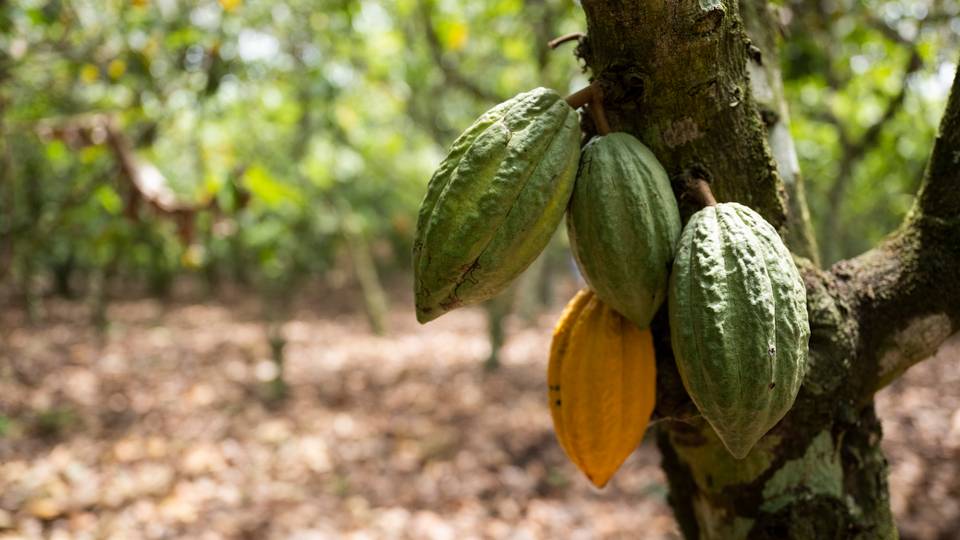The world’s largest cocoa producer, Côte d’Ivoire, requires more rainfall to boost its cocoa production capacity during the dry season (November-March).
Ivorian farmers report that the lack of rain poses a serious threat, particularly in mitigating the effects of Harmattan winds and preserving the quality of cocoa crops.
Key Developments:
• Lack of Rainfall: Since November, rainfall levels in the region have been below the five-year average. For instance, Bongouanou recorded 0.3 mm of rain, 4 mm less than the average.
• Harmattan Winds: These dry winds from the Sahara can dehydrate the soil and damage cocoa pods, causing a reduction in product size. Farmers note that the winds are currently mild but warn that intensification could negatively impact crop quality.
• Crop Conditions: In some areas, trees remain in good condition, and there are enough cocoa pods for harvest. However, prolonged rainfall shortages could result in significant quality losses.
Regional Reports:
• Daloa and Yamoussoukro: No rainfall has been recorded, leaving farmers concerned.
• Soubre: Despite below-average rainfall, crops are generally in good condition.
Logistical Challenges:
Farmers and cocoa buyers report logistical issues in transporting crops to the port of San Pedro. Warehouses at the port of Abidjan are full, but delays persist in moving cocoa to San Pedro.
Proposed Solutions:
• Additional rainfall could increase yields and prevent quality deterioration.
• Improving logistical infrastructure is critical for enabling producers to export their goods.
Last week, temperatures in Côte d’Ivoire ranged between 27 and 27.7°C, typical for the dry season. Farmers are continuing to monitor rainfall trends.

















